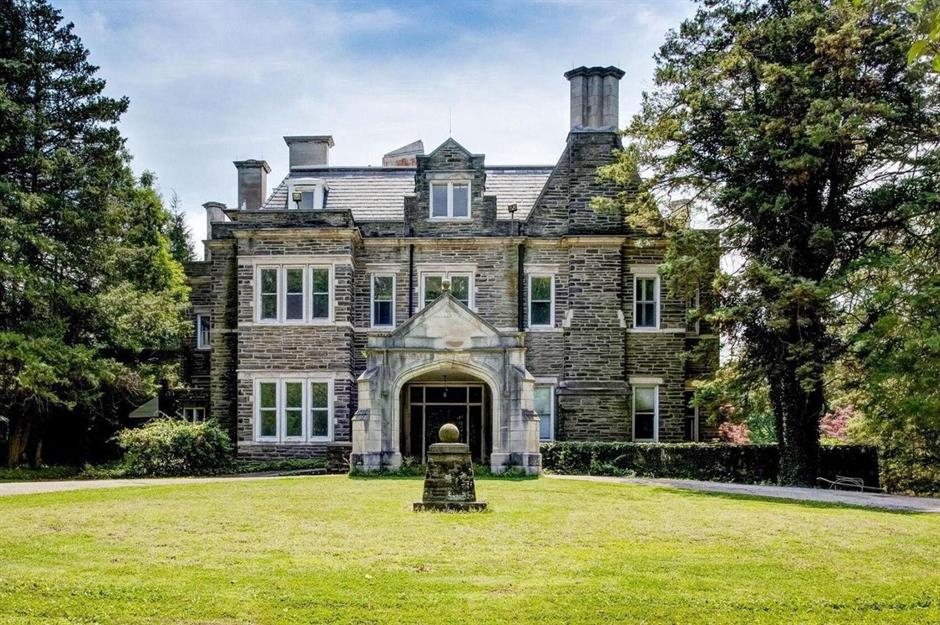

The house has never undergone any restoration. During that time, the outside elements buckled many of the plaster walls and ceilings exacerbating the already damaged property. After the storm, the owners waited over a year to replace the roof.


A severe storm swept through the town several years ago, destroying the roof of the stately mansion. Some of the antiques left inside are original to the home. The property has been vacant since the store closed over twenty years ago. After his death, the property was sold to an illustrious banker around the turn of the 20th century and has remained in the family ever since.ĭescribed as wealthy and eccentric, the current owners opened an antique store nearby in the 1970s, eventually moving the business into the house where they sold pieces from personal collection and from other local estates. When the Civil War broke out, it is no surprise he left his home to serve. The planter’s ancestry can be traced as far back as the beginning of the United States with his grandfather serving in the Revolutionary War and his father in the War of 1812. It is said the house was constructed immediately after his second marriage as he wanted to bestow upon his second wife everything he did not have the opportunity to provide his first bride. Although he remarried and had children, his heart was forever broken. After one year of marriage, the planter’s wife suddenly became ill and passed away. The grand Greek Revival mansion was designed by a prominent New England architect who also designed the local county courthouse and several residences. Constructed in the mid-19th century, this imposing antebellum plantation was built for a wealthy planter. However, not all historic homes are lucky enough to fall into the hands of owners who are willing to properly maintain them. A historic home has its best chance for preservation when the owners appreciate the quality of materials, the craftsmanship, and embodied energy that went into the construction.


 0 kommentar(er)
0 kommentar(er)
